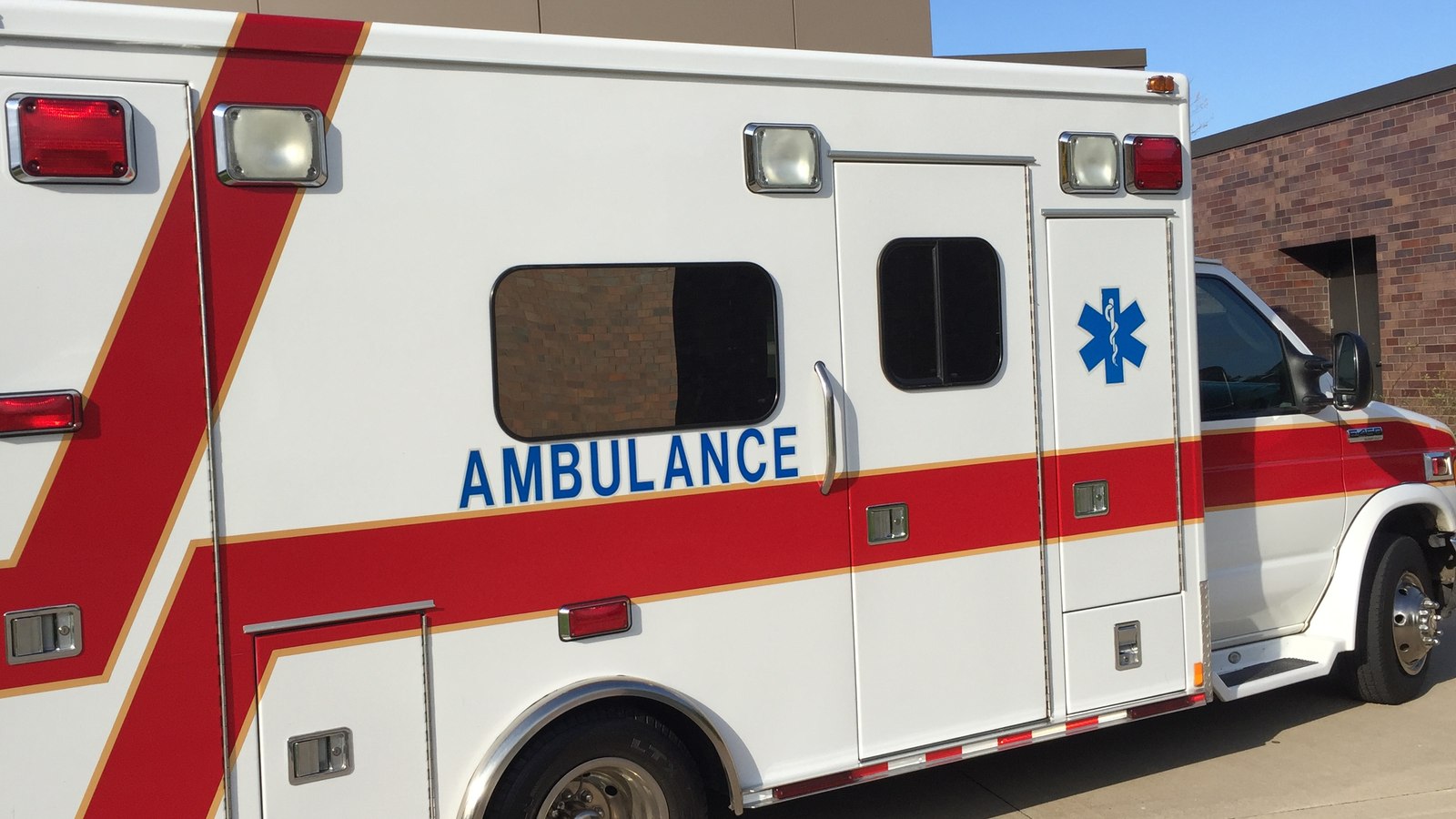Do response times matter in EMS?

How long should you wait for ambulance
Ambulances are now expected to reach people with life-threatening illnesses or injuries in an average time of seven minutes. The 'clock' only stops when the most appropriate response arrives on scene, rather than the first.
What is the EMS on scene time goal to initiate transport
Time to definitive care is an important consideration in prehospital (EMS) trauma care. EMS agencies are expected to keep scene time less than 10 minutes.
Why is a prehospital ECG important
A prehospital ECG is an effective tool to triage patients with STEMI-like symptoms to enhance their transport to the appropriate facility, and ultimately, reperfusion.
Should you always wait for an ambulance
Even if you're a trained first aider it is not advisable to shift the patient using a private vehicle. Every emergency ambulance has a paramedic who knows how to handle the patient. So always during an emergency, wait for the ambulance.
What is the longest ambulance ride
2,373 miles
Longest ambulance ride with a patient: The record for the longest ambulance ride with a patient is 2,373 miles, achieved by Ambulix Fire and Rescue in a Mercedes Benz Sprinter 312 Diesel ambulance between Aug.
What is the ideal EMS response time
EMS First Response.
NFPA Standard 1710 establishes a 60 second “turnout time” and 240 second “travel time” (together, 300 seconds or 5 minute first “response time”) benchmark time goal for not less than 90% of dispatched incidents (please click here and refer to Page 17 for a detailed description).
What are the 3 Ts of EMS
Emergency Triage, Treat, and Transport (ET3) Model.
Why are prehospital 12 leads important
The benefits associated with 12-lead ECGs include: identifying the area of the heart involved with acute myocardial infarction (AMI), differentiating wide complex tachycardias, identifying patients with a high risk for developing complete heart blocks, identifying ischemic changes within myocardial tissue, and …
How effective are paramedics at interpreting ECGs
This study indicated a sensitivity of 92% for STEMI recognition, specificity of 96% when STEMI was not suspected, a positive predictive value (PPV) of 82% and a negative predictive value (NPV) of 99%, concluding that paramedics can accurately interpret out-of-hospital ECGs to identify STEMI (18).
How long is too long for an ambulance
Each has a different response time standard: Category 1: An immediate response to a life-threatening condition, such as cardiac or respiratory arrest. The average response time should be under 7 minutes and 90% of ambulances should arrive within 15 minutes.
Why are ambulance response times so long
Plus, despite the increased workforce, ambulance crews have less capacity, as ambulances now have to wait longer with patients outside hospitals. According to one Health Foundation report, more than 10% of ambulances had to wait for over an hour outside hospitals in July 2022.
Which country has the fastest ambulance
Dubai
Dubai Now Has The Fastest Ambulance In The World With A Top Speed Of 400kph.
What are the busiest EMS times
Results: EMS demand exhibited a bimodal distribution with the highest peak at 10:00 and a second smaller peak at 19:00.
Can you overuse EMS
Before you consider how many you need, it is important to understand that the maximum amount of times you can train using Electrical Muscle Stimulation (EMS) technology is 1-2 times per week. This is to allow time for your muscles to repair and recoup before your next session. Yes, you NEED that time to recover!
How long should I use EMS in a day
EMS (that's Electro Muscle Stimulation) is a new way to workout without having to spend hours in the gym. Just one or two 20-minute sessions a week is all it takes for you to have a bangin' beach bod. It works by sending low-frequency electric impulses to contract your muscles while you're working out.
What are the 7 pillars of EMS
The 7 Pillars are Prerequisites; Self Attributes; Leading Others; Task Management; Innovation; Social Responsibility and Clinical Performance. Developed by a diverse group of stakeholders, these competencies are a core part of the Paramedic Officer Credentialing program.
Can EMS build muscle
This causes a muscle contraction, the same contraction you would give to your muscles when lifting a weight. So in effect it is mimicking how you would control your muscle. EMS builds and grows muscles by causing this contraction.
What is the primary problem with taking a 12 lead EKG that leads to a poor tracing
Artifact when taking a 12 lead ECG is a very common occurrence, especially in a busy GP practice. Poor signal quality can cause noise, or artifact, on the ECG machine, which in turn can lead to inaccurate analysis of the final test.
What can a 12 lead ECG tell you
The 12-lead ECG is widely used to diagnose cardiovascular disease, particularly acute myocardial infarction, in clinics and hospital-based practice.
How long does it take to interpret an ECG
A doctor can usually interpret the results of your ECG straight away based on your medical history, symptoms and clinical examination. The results of your ECG will help determine what treatment you need, if any.



0 Comments